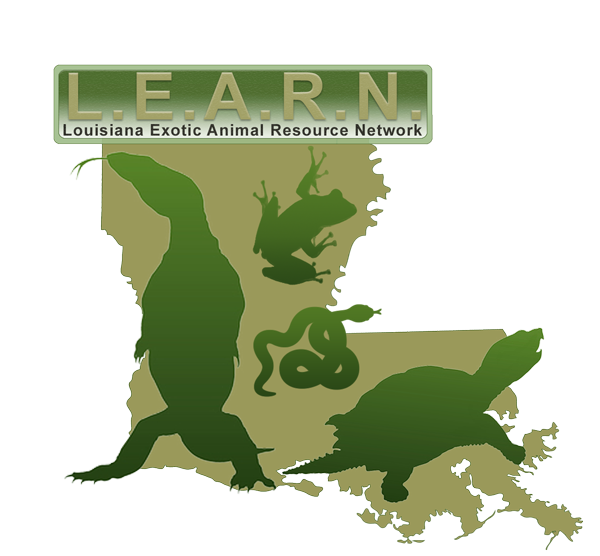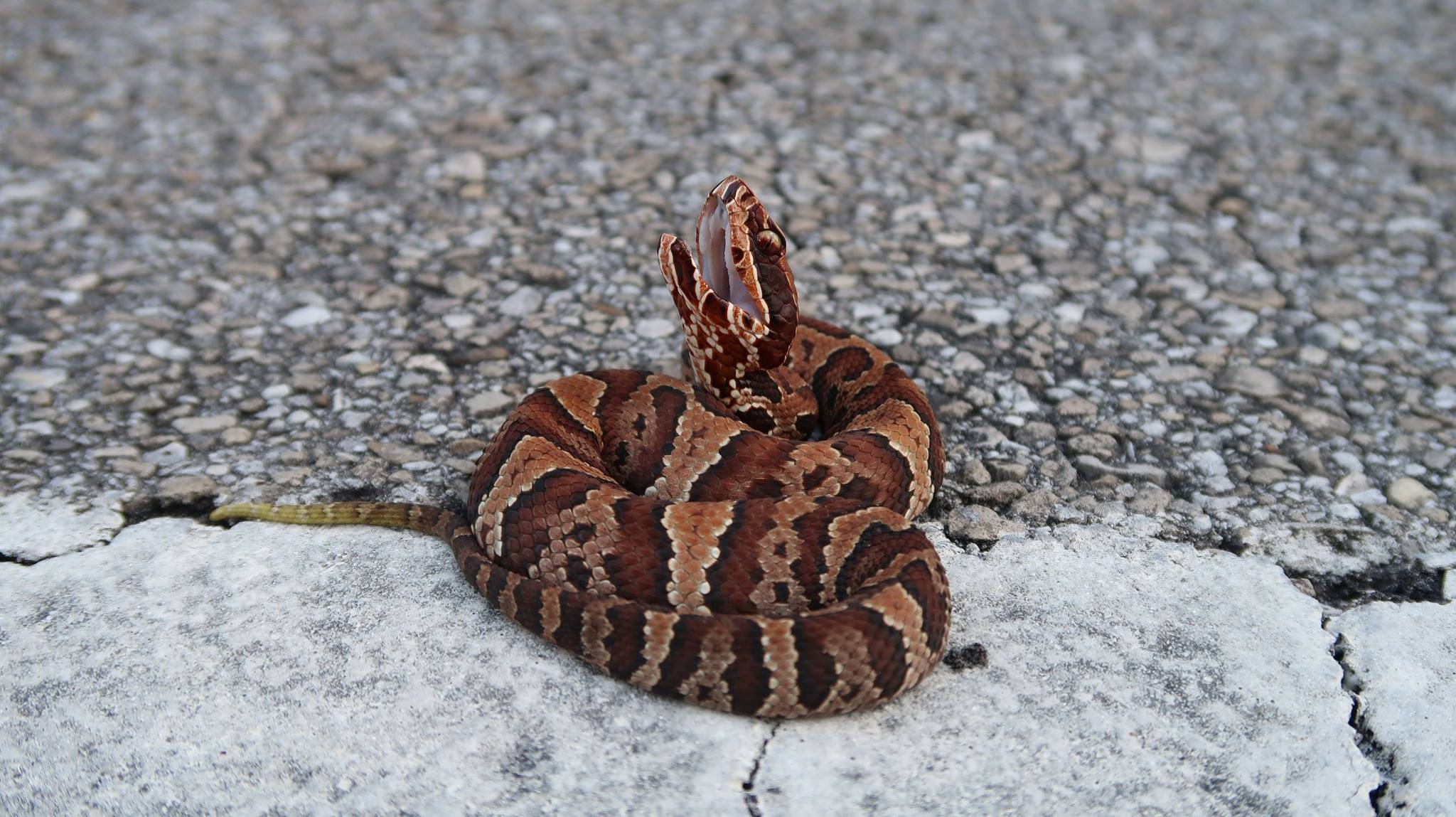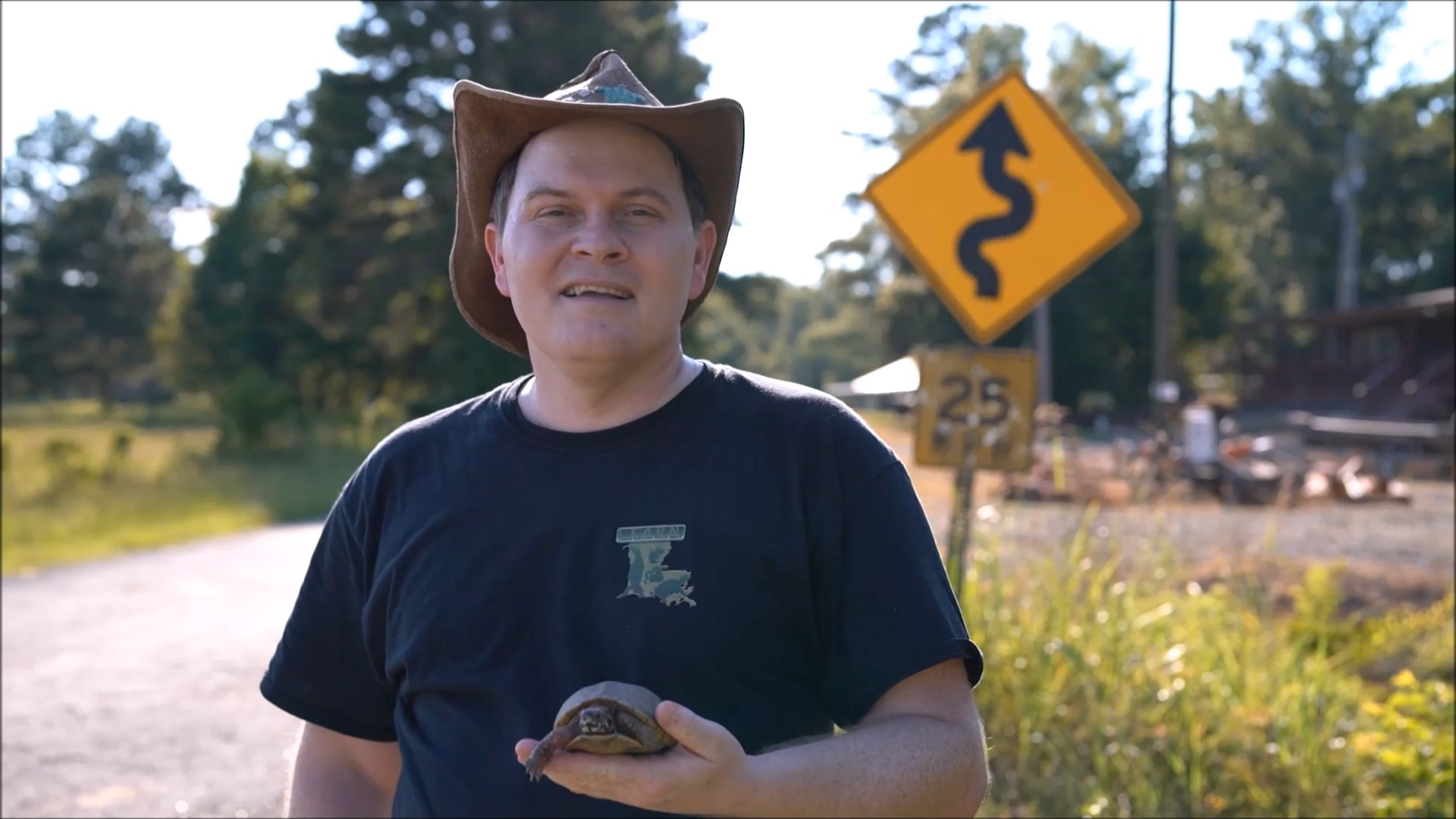Habitat destruction (the clearing and changing of land for development or other uses) and habitat fragmentation (the dividing of land into sections separated by altered landscape) have a significant impact on wildlife, particularly for terrestrial species such as mammals, reptiles, and amphibians. For example, slow-moving turtles are especially vulnerable to road traffic, as their natural inclination when threatened is to withdraw into their shell, which makes them unable to avoid a collision and appear more like debris in the road. Traveling animals likely took quite some time to build up the courage to cross this strange barrier in their habitat, and a moment’s carelessness on our part can spell disaster. While it is not reasonable to expect that humans will stop developing land or building roads anytime soon, each of us can do our part in reducing road injuries while we drive.



 Watch the Video
Watch the Video